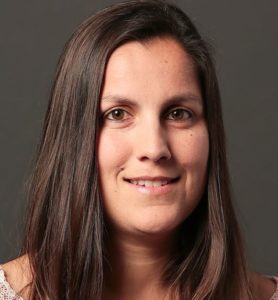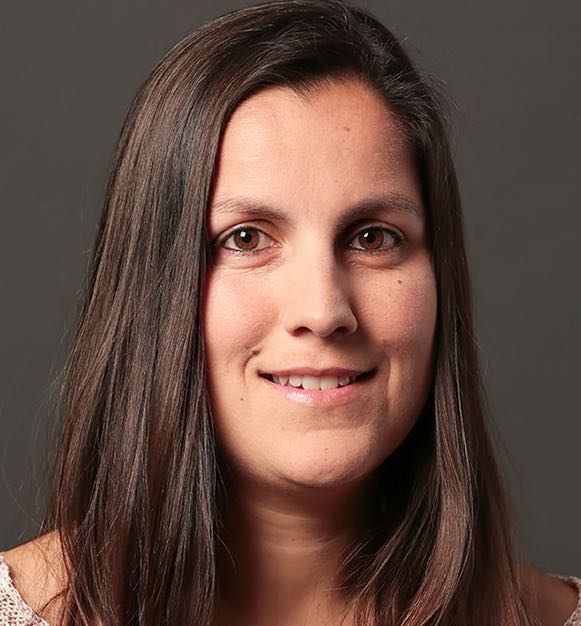
Judit Planas, Felix Schürmann Group
In this video from the 2017 DDN User Group meeting at ISC, Judit Planas, Postdoctoral Researcher at Ecole Polytechnique Federale de Lausanne (EPFL) presents: I/O Challenges in Brain Tissue Simulation (IME Neuromapp).
“Digital reconstructions of brain tissue represent a snapshot of the anatomy and physiology of the brain at one moment in time. Blue Brain Project simulations use mathematical models of individual neurons and synapses to compute the electrical activity of the network as it evolves over time. This requires a huge computational effort, only possible with large supercomputers. Simulations of larger volumes of tissue, at ever higher levels of detail, will need ever more powerful computing capabilities. The BBP uses its digital reconstructions as the basis for a potentially unlimited range of simulations, each representing an in silico experiment. Researchers can measure the spontaneous electrical activity of the virtual tissue, apply stimulation protocols and measure the response, and manipulate the tissue in various ways (e.g. by “knocking out” cells with particular characteristics, by “lesioning” part of the circuit).”
Judit Planas is a Postdoctoral Researcher in the Felix Schürmann Group. Judit focuses her research in strategies for memory-intensive neuroscience applications (codes that demand more memory than readily available in the classical memory hierarchy). In this context, she is developing software and techniques to accelerate applications and leverage from the latest hardware and software technologies, like using non-volatile memory (NVM) or big data solutions. Judit Planas received her Ph.D. in Computer Architecture from the Computer Architecture Department of the Technical University of Catalonia (UPC) in 2015. She worked at the Barcelona Supercomputing Center from 2008 to 2015, where she developed her MSc and PhD. in programming models for heterogeneous architectures, focused on accelerators, like GPGPUs and Intel Xeon Phi. During this period, she participated in a number of different workshops and courses involving parallel programming models and CUDA programming as a teaching assistant. In addition, as part of her PhD, she did an internship at the University of Illinois at Urbana-Champaign (Illinois, USA) under the supervision of Prof. Wen-mei W. Hwu.
The neuromapp application was one of the test codes for an SC17 Tutorial entitled: Getting Started with the Burst Buffer: Using DataWarp Technology. The presenters will be Markomanolis from KAUST Bard from LBNL.
The long-awaited Burst Buffer technology is now being deployed on major supercomputing systems. In this tutorial, we will introduce the Burst Buffers deployed at the two latest supercomputers at NERSC (Cori) and KAUST (Shaheen II) based on the Cray DataWarp, and discuss in detail our experience with Burst Buffers from both a system and a user’s perspective. Both KAUST and NERSC have been supporting BB projects for more than a year, and have developed a wealth of experience using these resources efficiently. For this tutorial, we combine the knowledge and experience of staff from both sites to provide attendees with an effective understanding of how to optimally use BB technology. We focus on optimizing massively parallel I/O for SSDs, a relatively new problem compared to well-established optimizations for parallel I/O to disk-based file systems. The tutorial will conclude with a live demonstration of a complex workflow executed on the Cray DataWarp, including simulation, analysis and visualization.




